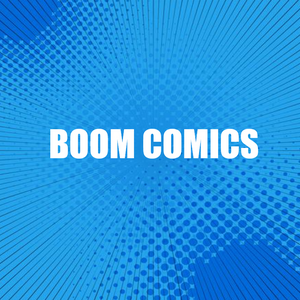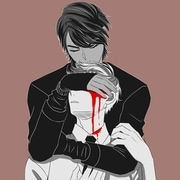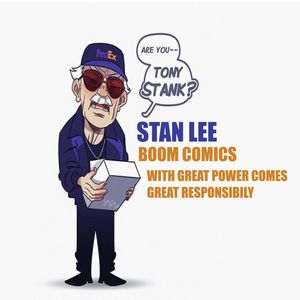Stan Lee's controversial 'Marvel Method'
During The infamous journey of Spiderman's film rights in the 1980s - Cannon Films nearly made a horror version with Tobe Hooper at the controls - Stan Lee insisted to the producers that he himself was the right person to play J. Jonah J. ameson, the tyrannical editor-in-chief of the Daily Bugle newspaper, the same one who continually wondered if Spiderman was "a hero or a threat."
Before his death last Monday, Stan's own artistic legacy also divided many readers into two antagonistic sides. Its origin dates back to the early years of The Comics Journal, where critic and editor-in-chief Gary Groth began a campaign for cartoonist Jack Kirby to retrieve the thousands of pages he had drawn during his Marvel journey and be recognized as co-creator (or something else) of characters like The Fantastic Four, The Hulk or the X-Patrol mutants. In this struggle, the cartoonist thoroughly lay out the image of the weak who fights the powerful, in this case a large publishing house whose corporate image was... Stan Lee.
One of the central causes of the conflict came up as the Marvel Method. As Marvel Universe expanded by increasing the number of characters and collections, Stan The Man Lee was overwhelmed by the work. He was editor-in-chief, screenwriter and publicist of the company, so according to most of the sources of the time, Lee dictated to his cartoonists a series of ideas that they embodied along the pages of the comic. At the end, they were returned to dialogue with the vignettes. Years later, when superheroes became a kind of modern mythology, artists such as Jack Kirby, Steve Ditko and Wally Wood felt they were not given the necessary recognition. The fact that Kirby died in 1994 and Lee lived long enough for her face to become world famous thanks to her appearances in film, television and video games did not cause the waters to calm.
"The Marvel Method is part of the legend built by Stan Lee to credit himself and collect the work of the real authors," says Ferran Delgado, graphic designer and head of the Plot 2.0 news magazine. "The theory says that the writer, in this case Lee, provided an argument, the artist drew it and the writer then wrote the dialogues. But the protagonists' statements denied this starkly. Lee did not provide arguments but, at most, were editorial guidelines - he rarely provided anything - so the weight of devising the story lay on the artists. Lee then wrote the dialogues, charged for a complete script - argument and dialogue - and the credits also attributed the argument." Paradoxically, the last pages Stan Lee wrote for Marvel were moved to the comic by Delgado himself, who also serves as a labeler in the American market. It is a review of Stan Lee's first work for Marvel (then Timely Publications): a short story published in 1941 under the title Captain America thwarts the threat of the traitor. The story was redrawn by the famed Bruce Timm and is edited in Spain within the volume Stan Lee: Marvel Treasury Edition (Panini Comics).
But this fact does not soften his opinion of Lee. "Although Steve Ditko (co-creator of Spiderman, who died last July) began to prove the full plot from Spider-Man no 26, he claims that he stopped talking to Lee from No. 21, which contained a crossover and Ditko hated them. Or what's the same, from that number, Ditko delivered the number fully drawn and Lee didn't even know what it was about. Lee then wrote the dialogues from notes that Ditko had given him on a separate piece of paper, though he often changed the meaning of what he had drawn, something that infuriated him. In short, Lee's contribution to the series in the form of editorial guidelines barely lasted a couple of years before Ditko took full control."











Comments (0)
See all